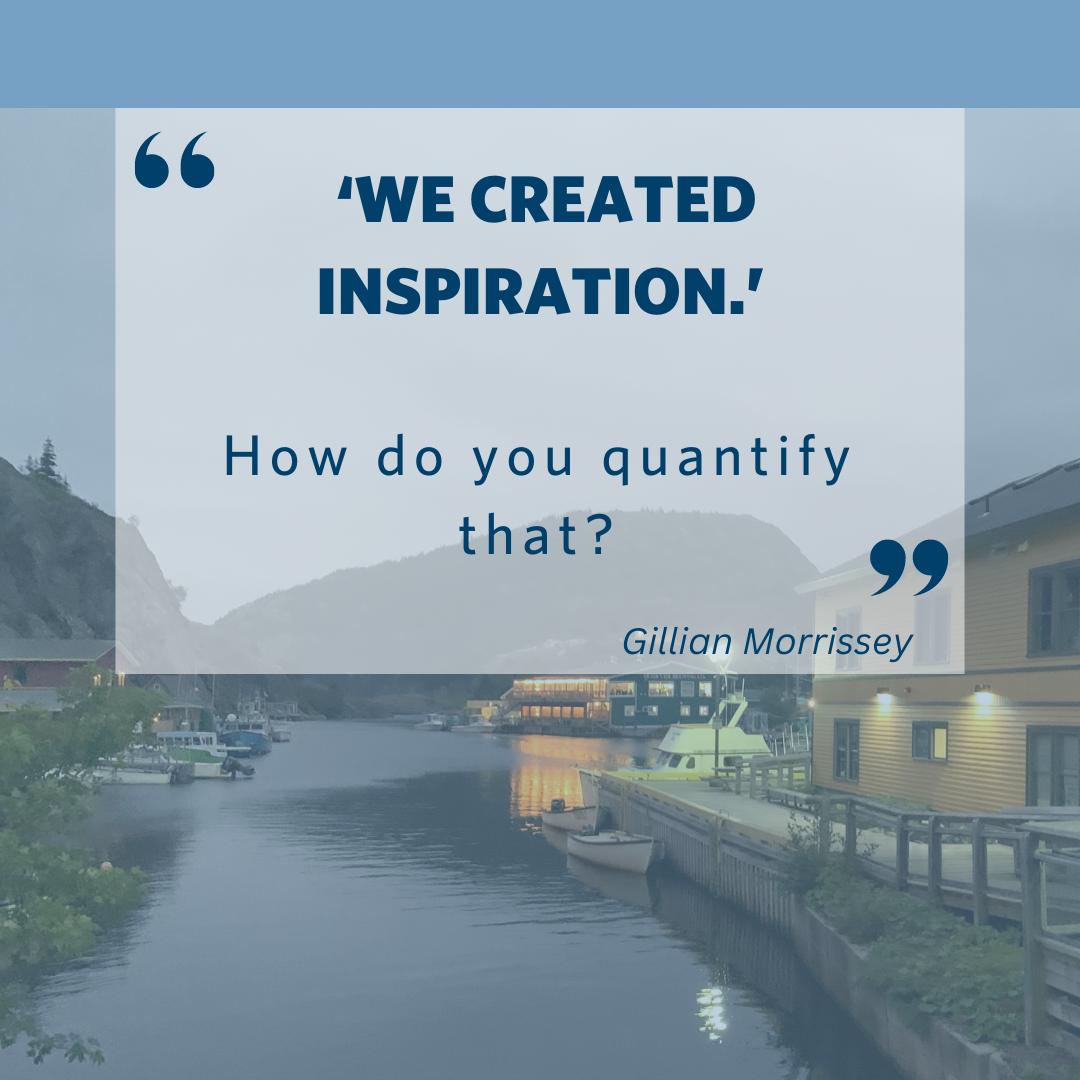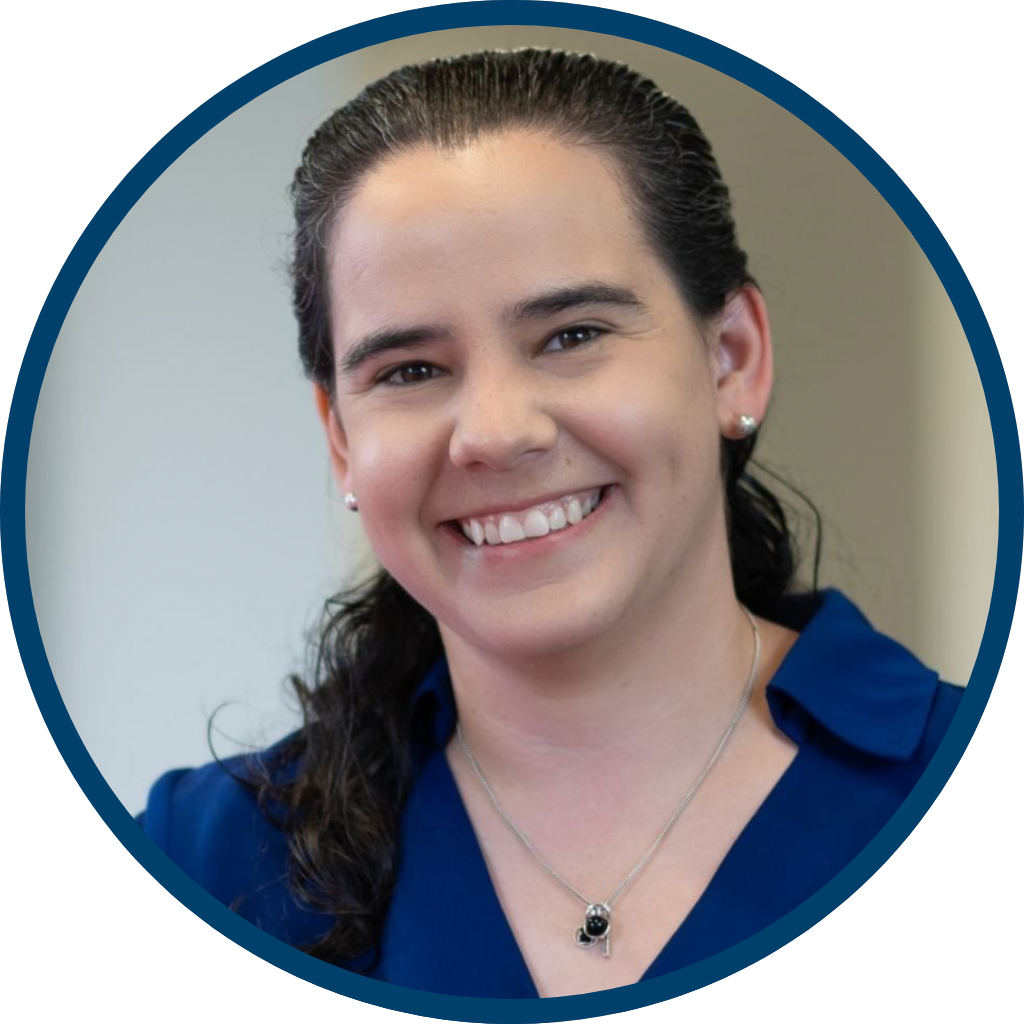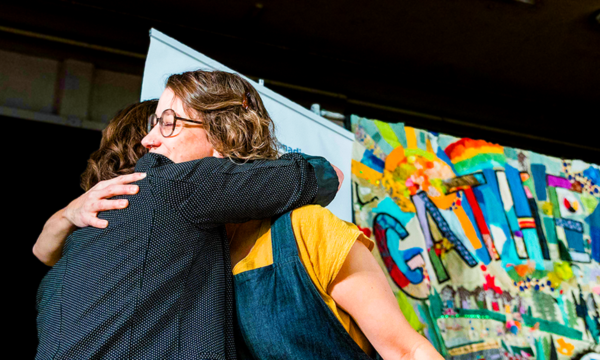This is Part 5 of our Ecosystem Building Blog Series.
Read part 1) Pan Atlantic, part 2) Saskatchewan, part 3) Ontario, part 4) Newfoundland and Labrador – 1
Read Section 1 of our conversation with NL Partners: Creating Luck: “Where opportunity, preparation, and relationships intersect
Stay tuned throughout May for the rest of the series! Ecosystem building is a core focus of CCEDNet’s Regional Initiatives Program.
Can’t quantify relationships:
6 reasons why funding for ecosystem building is essential
(and why it’s tricky to obtain)
Conversation with NL Partners: Section 2
Interview With
Gillian
Morrissey
CSE
Mariana
Jiménez Ojeda
CSCNL
Cheralyn
Chok
Propel Impact
Melissa Sinfield
(Interviewer)
CCEDNet
Interviewer and Editor:
Melissa Sinfield, Regional Initiatives Manager
Blog Summary
Read this if you are:
- Questioning the value of ecosystem building?
- Feeling like ecosystem building initiatives are yet more projects competing for scarce resources (hint, it can actually help buffer against scarcity in the long run)
- Wondering why it is so hard to find funds for ecosystem building despite its ability to empower communities?
- Doing transformative ecosystem building already, but appreciate being reaffirmed that it’s worthwhile and the struggle to gain resources is real.
- Want to learn more about Newfoundland and Labrador’s growing community economic ecosystem?
Blog Notes:
Region: Newfoundland and Labrador
We spoke with Gillian, Mariana, and Cheralyn who are working on an ecosystem building project hosted by the Centre for Social Enterprise (CSE), Community Sector Council of Newfoundland and Labrador (CSCNL), Propel Impact, and the Community Foundation of Newfoundland and Labrador (CFNL).
The project’s aim was to quantify the size and stage of the social enterprise ecosystem in Newfoundland and Labrador in order to understand the potential demand for an impact investing fund in the province. This project is supported by CCEDNet’s Regional Initiatives Program.
Note: interview has been edited for length and clarity.
Need for Dedicated Funding for Ecosystems Building.
Melissa: Linking back to something Cheralyn said about funding in an earlier conversation. I’ve heard similar things echoed in relation to how difficult it is to find funding that supports this kind of early stage work for ecosystem building. I’m just wondering if you could speak to that a little bit more in terms of your experiences?
Cheralyn: We have done this type of work before–understanding the needs of social enterprises in various regions– but always framed it as ”community-based research.” It was always self-directed. I was always asking myself, “who am I to do this work? Living in a city like Vancouver while interviewing these folks in other regions and writing these reports.”
Having dedicated funds available to be able to do work that doesn’t expect the typical project-based outputs and outcomes that we’re used to seeing makes a difference. I think in order for any project or program to be successful, this is the work that needs to happen so that we understand needs, and don’t come in thinking that we know best or we know exactly what’ll work.
“
Having dedicated funds available… that doesn’t expect the typical project-based outputs and outcomes… makes a difference.
“
1) The Intangible value of ecosystems. It’s hard to measure and communicate.
“
[I]t’s hard to measure ecosystem-building and partnership development activities…
It’s intangible.
“
Mariana: Well, I honestly don’t have much experience in that piece about finding funding for ecosystem-building work. I do see that the dynamics of the community sector tend to be more results-driven, and it’s hard to measure ecosystem-building and partnership development activities in that way. That might relate to the hardship of funding such activities, partly because reporting and communicating their impact is challenging. However, having a supportive ecosystem plays a crucial role in the future success of other initiatives.
Melissa: I think that truly does get to the heart of some of the issues that a lot of the folks I’ve been talking to have in relation to sustaining ecosystem building. They all say it’s really hard to measure and communicate the value of it, because the value is so intangible.
2) “We created inspiration” is not easy to add to an application or report.
Gillian: It’s very hard to measure. It’s hard to say, ‘we’re creating this vision together, building a sense of community and shared direction.’ That’s very hard to communicate on a funding application. “We created inspiration.” How do you quantify that?
“
‘We created inspiration.’ How do you quantify that?
“
“
[T]here’s no financial proxy for trust, goodwill and relationships.
“
People understand dollars and cents, but there’s no financial proxy for trust, goodwill and relationships. It is challenging to explain the value of a relationship. How do I quantify that?
Melissa: Absolutely, how does a person quantify the power of relationship building, trust, and shared visioning on applications and reports.
3) Can’t quantify relationships: Setting and maintaining connections
Cheralyn Chok: I think it’s important to note that if we hadn’t already built a relationship, we wouldn’t be doing this project.
For ecosystem projects, there already has to have been that work put in by organizations. Organizations do it all the time. We build relationships and discuss and share resources even if there’s no funding or nothing telling us that we need to do it. I want to flag that it didn’t start with a project proposal and then we said, oh, suddenly we need to go look for this person in Newfoundland because we want to work on this. There needs to be a foundation.
Melissa: Yes, I remember you mentioned earlier that “Propel connected with Mariana a couple years ago… and [you] kept in touch over the years.” (refer to Part 1 “Creating Luck”)
“
For ecosystem projects, there already has to have been that work put in by organizations…
There needs to be a foundation.
“
“
The ones with an ecosystem already growing…
They are not reactionary, but rather primed for opportunities.
“
It makes sense. From my still early experience in this world of ecosystem building, I already am starting to see such a difference when projects that are building on the seeds that are already planted. The ones with an ecosystem already growing (pardon the pun). They are not reactionary, but rather primed for opportunities. Even in situations where it is early stages, strong relationship connections make a world of difference.
Gillian: I think this is a central tenant to our work in this sector, though. I’ve often heard it said “We work at the speed of trust.” Relationships are above all else. There’s no point in me looking for a funding proposal or trying to start a new project unless I have the relationship and the trust first. You build the relationships, and success comes from those.
4) Collaboration as response to scarcity (and scarcity mindset as an obstacle to collaboration)
Melissa: This leads me to the question of scarcity.
I’ve been hearing in conversations with other folks that scarcity mindset really is an obstacle to creating regional ecosystems. There can be pushback around funding going to ecosystem building when some folks in the sector think maybe the funding should go somewhere else like direct services. This sentiment is understandable considering the economy we’re living in right now.
Admittedly, I might have been one of those people at the beginning until I saw firsthand an established functional ecosystem and how it generates resources and buffers against times of scarcity. Ecosystems like the Manitoba Network and Quebec’s Solidarity economy even arose as a response to economic hardships.
So, I’m curious in terms of the scarcity mindset, is it in your case an obstacle or is it something that’s kind of bringing people together in the sector or maybe a complicated combination of both? Or something completely different?
Mariana: So I guess a little bit of both. From what I’m hearing, I think that some organizations have reached the point where scarcity is leveraged in terms of ‘we are aware of this, and that triggers how we partner, collaborate and do things together.’ However, I’ve also seen some organizations being very protective of their programming or knowledge because of that scarcity mindset. So, I think it’s a little bit of a double-edged sword.
“
[E]cosystems become a tool to enable collaboration and resource sharing, and we divest from mindsets driven by fear.
“
I think here is where the ecosystem-building piece is really important. Then ecosystems become a tool to enable collaboration and resource sharing, and we divest from mindsets driven by fear, protectiveness and guarding ‘something’ under the belief that it will lead to the organization’s continuance. This behaviour is natural, it has become a survival instinct rooted in the passion and desire to keep serving their communities and beneficiaries.
“
[T]hat’s where the ecosystem building, partnerships, and trust you were saying are critical and come into play.
“
And I think that’s where the ecosystem building, partnerships, and trust you were saying are critical and come into play. Without it, it’s hard to evolve into that mindset of collaborating and co-creating. Without it, there’s no sharing of intel, which could prevent us from using the ecosystem to map and fill the gaps. Without trust, we won’t be able to understand the real problems and needs of the people served, resulting on superficial or incomplete solutions instead of the identification of clear gaps and complimenting services in which every party can benefit and thrive.
Unfortunately, there are plenty of social and environmental challenges and issues out there. So, there won’t be a lack of activities to be accomplished and problems to be addressed. For us to switch from a reactive approach (rooted in a legitimate fear of missing out, of being left out, of losing grants and supports, and ultimately of being unable to serve our communities) to a constructive or co-creating perspective we need to focus on building more supportive ecosystems and a less competitive access to resources.
“
[Supportive ecosystems help] to switch from a reactive approach …to a constructive or co-creating perspective.
“
5) Ecosystem builders can model collaboration as strategy for greater abundance and resources
Gillian: I was going to say the same. I haven’t been part of the interviews we’ve been conducting, but I read all the summaries and the notes and I would agree. In some cases, there’s some really good examples of leadership, but there is definitely a scarcity mindset and fear among folks in our ecosystem too. I think one of the best things we can do as capacity builders and ecosystem builders is to model the abundance mindset and collaborative nature. Collaboration is becoming a necessity, as well due to the lesser amounts of funding available. As a sector we have to be more creative and build partnerships to secure funding.
“
[O]ne of the best things we can do as capacity builders and ecosystem builders is to model the abundance mindset and collaborative nature.
“
Cheralyn: To bounce off of that: I’m a huge proponent and fan of mergers that bring organizations together. Propel went through one; we merged two nonprofits together to make our programs and operations more efficient. I’ve seen a lot of value from this process and interest from other organizations in how we went about it. I think mergers are something that we can progress towards: from building relationships; to collaborating on proposals; to perhaps coming together with shared back office pieces such as HR, bookkeeping, and evaluation. In some cases, becoming one larger organization makes the day-to-day easier to manage.
6) Greater sector resilience and sustainability
Melissa: I guess the takeaway is that economic hardship could be a catalyst to move people to build ecosystems to buffer and support one another to create change, but the scarcity mindset sabotages us. And I agree, it really is understandable as a survival response in our current systems. I think this really gets to what I have been hearing reiterated by partners like the National Indigenous Friendship Centres and SETSI about shifting our mindsets to abundance.
“
[E]economic hardship could be a catalyst to move people to build ecosystems to buffer and support one another to create change, but the scarcity mindset sabotages us.
“
“
Collaboration is almost the antithesis to scarcity mindsets in this context.
“
It is not an easy thing to do in times of hardship, but one thing that gives me extra hope is the nature of reciprocity and collaboration as a survival strategy that is often built into a number of community cultures, which lay the ground for the formation of ecosystems. Collaboration is almost the antithesis to scarcity mindsets in this context. If people already have those connections they can fall back on each other and navigate through those hurdles. Whereas when the connections don’t exist, it becomes more fractious and harder to navigate and there’s more of that feeling of competition over resources.
It reminds me of something Sarah Leeson-Klym previously said in this Ecosystem series:
“[With an established ecosystem like the Manitoba Network] the routine of keeping people together… means the field comes together a little bit more easily in hard times or for opportunities. They already have a bit of a sense of what they want to do and each others’ approaches, and when something, an opportunity, comes available they are ready to strike at that moment.” (Reposted from Blog 2 “On the Cusp of Change”)
This is reflected a bit in what you folks were saying on how this project came to be, where you already had those connections, on a smaller scale, but then this opportunity came about and it’s like, ‘hey, this might work out’ in terms of the vision you have in place for building out a stronger ecosystem in Newfoundland and Labrador.
All that rambling to say thank you for this conversation. There is so much food for thought from this one discussion.
Gillian: Melissa, I have one final thought. My dad, a business man himself, has this saying that,
‘luck is where opportunity meets preparation.’ But I think in our context of social innovation and social enterprise, it could also be:
‘Luck is where opportunity, preparation, and relationships intersect.’ (Quote reposted from “Creating Luck” Blog)
“
‘Luck is where opportunity, preparation, and relationships intersect.’
“
Read Blog 4: “Creating Luck”
Section 2 of our conversation with NL Partners
My dad, a business man himself, has this saying that,
‘Luck is where opportunity meets preparation.’
But I think in our context of social innovation and social enterprise, it could also be:
‘Luck is where opportunity, preparation, and relationships intersect.’
– Gillian Morrissey
(Reposted from “Creating Luck” Blog)
Read part one of this conversation: “Creating Luck: ‘Where opportunity, preparation, and relationships intersect.’












